Catalyst and Auxiliary
The catalyst can change the reaction rate in the chemical reaction, and the composition and the quality of the catalyst can be kept constant after the reaction. The catalyst that accelerates the reaction is called the positive catalyst, slows down called Negative Catalyst or slow agent. It said catalyst is a positive catalyst for the general correction. This kind of catalyst in the industry, especially the organic chemical industry used more, and has great significance, Such as sulfuric acid prepared by contacting, ammonia, hydrolysis of the ester and polysaccharide, Oil Hydrogenation, etc. Commonly used catalysts are mainly metal, metal oxide and inorganic acid. If the catalyst is solid, the substance of the reaction is gas, to form a multi-phase catalytic reaction, this catalyst, sometimes called catalyst or contact agent. The catalyst is generally selective, it can only make a reaction or a certain type of reaction to speed up. But some reaction can be used for a variety of catalysts, such as the hydrogenation reaction can often be platinum, palladium, nickel, should be carefully chosen. In the catalytic reaction, the catalyst is often added cocatalyst known to enhance catalytic action of the catalyst. For example, iron is a catalyst in ammonia industry, adding a small amount of potassium and aluminum can enhance the catalytic effect of iron. The composition and weight of the catalyst and cocatalyst cannot change before and after the reaction. All of the above are inorganic catalysts. The enzyme is a protein, is very important organic catalyst.
There are many kinds of catalyst, catalyst and reaction system according to the phase of the classification, there are two types of homogeneous and heterogeneous catalysts. Heterogeneous catalysts most widely used, there are 3 kinds of gas, liquid and solid state, the variety and application of solid catalyst. The solid catalyst, which is made of metal (nickel, platinum, palladium, chromium, cobalt, titanium, vanadium, etc.) or metal oxide (copper oxide, vanadium pentoxide, lead oxide), is dispersed and deposited on the carrier in order to obtain a good dispersion effect and increase the specific surface area. The catalyst requires reliable activity, stability, selectivity, long working life, not easy to poisoning and over-burning, easy to regenerate. In order to improve the catalytic efficiency, the pure metal catalysts are made into alloy catalysts (such as nickel aluminium alloy) and composite catalysts (ZieglerNatta). The composite catalyst is composed of main catalyst and co-catalyst. In the new efficient catalysts also add other components. The production and development of high efficiency catalyst have promoted the development of polymer materials, and produced much polymer function and structure material ,which is new generation of high performance and high added value.
With the extensive application of catalyst and a number of new catalysts, we can make a lot of new chemical reactions to achieve industrialization, in order to provide an increasing number of chemical products; also can make some of the original chemical reaction conditions have been improved, in order to improve the production efficiency and product quality, make full use of resources. The important subject in the field of modern chemistry and chemical research is to select and develop more and better catalyst for the new generation. But the role of a catalyst is not beneficial to humans, such as combustion products of supersonic jet fuel as a catalyst can cause the stratosphere (10 to 50 km altitude) decomposition of ozone in the atmosphere, to the sun's ultraviolet absorption decreased, resulting in some areas of skin cancer patients increased. Is developing a new supersonic jet fuel, its combustion products will not become a catalyst,which will cause the ozone decomposition catalyst in the stratosphere.
Additives are added in the industrial and agricultural production, especially in the chemical production of some of the auxiliary chemicals, its role is to improve the production process, improve product quality and yield, or to give the product a unique application performance.
Additive are large class of important chemical in the production of auxiliary raw materials, they can give a special performance to product, improve use of finished products; and can accelerate the chemical reaction rate, improve product yield; they can save raw materials, improve processing efficiency. Additives are widely used in the chemical industry, especially organic synthesis, synthetic material processing and petroleum refining, pesticide, medicine, dye, paint and other industrial sectors. Additives can be divided into synthesized additives and processing additives. Synthetic additives are used in monomer synthesis and polymerization of a variety of auxiliary agents in resin, fiber, rubber, etc. They include catalysts, initiators, solvents, dispersants, emulsifiers, polymerization inhibitors, regulators, termination agents, etc. Processing aid refers to the auxiliary chemicals used in the manufacture of raw rubber, plastics processing, chemical fiber spinning and spinning process, including plasticizers, heat stabilizers, antioxidants, light stabilizers , flame retardants, blowing agents, lubricants, mold release agents, curing agents, accelerators, softeners, anti-scorching agents, surfactants, oils, fillers, etc. In these additives, many of them are dangerous chemicals, Such as benzoyl peroxide, azobisisobutyronitrile, hydrogen peroxide - ferrous blue, alkyl aluminum chloride, titanium and other initiators, catalysts are inflammable and explosive materials, should be required to "chemical Dangerous Goods Safety Management Regulations", for storage, transportation, operation and use.
- Chemical Name:No. 0 general purpose lithium base grease
- CAS:
- MF:
- Structure:
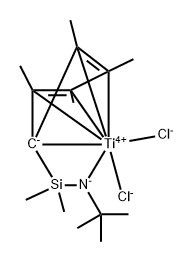
- Chemical Name:2,3,4,5-TETRAMETHYLCYCLOPENTADIENEDIMETHYLSILYL-TERT-BUTYLAMIDO TITANIUM DICHLORIDE
- CAS:135072-61-6
- MF:C15H27Cl2NSiTi
- Structure:

- Chemical Name:HEXAFLUOROPROPYLENE OXIDE DIMER
- CAS:
- MF:C6F12O2
- Structure:
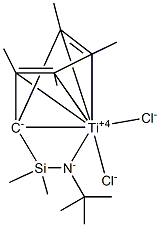
- Chemical Name:Dichloro[η(5):η(1)-N-dimethyl(tetramethylcyclopentadienyl)silyl(tert-butyl)amido]titanium
- CAS:162763-85-1
- MF:C15H27Cl2NSiTi
- Chemical Name:Fmoc-Lys-PEG4-OH
- CAS:
- MF:
- Chemical Name:Fmoc-NH-PEG-SG
- CAS:
- MF:
- Chemical Name:C18H37-PEG-Sulfate
- CAS:
- MF:
- Chemical Name:S-Acetyl-PEG-OH
- CAS:
- MF:
- Chemical Name:PLGA(17K)-PEG-COOH
- CAS:
- MF:
- Chemical Name:CY5-PEG-PCL(2K)
- CAS:
- MF:
- Chemical Name:Monoethoxylsilane-PEG-NH2
- CAS:
- MF:
- Chemical Name:DLPE-PEG-NH2
- CAS:
- MF:
- Structure:

- Chemical Name:Boron trifluoride acetonitrile complex
- CAS:420-16-6
- MF:C2H3BF3N
- Chemical Name:SG-PEG-SG
- CAS:
- MF:
- Chemical Name:4-arm-PEG-OPSS
- CAS:
- MF:
- Chemical Name:Alkyne-PEG-FITC
- CAS:
- MF:
- Chemical Name:mPEG-PLGA
- CAS:
- MF:
- Chemical Name:Acetylthio-PEG-Mal
- CAS:
- MF:
- Chemical Name:N667 Carbon Black
- CAS:
- MF:
- Chemical Name:Anti-tear resin KSL-1
- CAS:
- MF:
- Chemical Name:Eco-friendly peptizer P-40
- CAS:
- MF:
- Chemical Name:alkylphenol resin SW-113
- CAS:
- MF:
- Chemical Name:Turpentine
- CAS:9005-90-7
- MF:
- Chemical Name:Heavy aromatics
- CAS:
- MF:C9H12
- Structure:
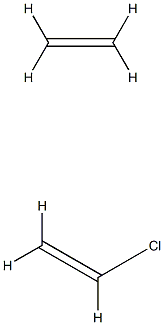
- Chemical Name:POLYETHYLENE, CHLORINATED
- CAS:63231-66-3
- MF:C4H7Cl
- Chemical Name:SS-PEG-SS
- CAS:
- MF:
- Structure:

- Chemical Name:Platinum on activated carbon 5% Pt
- CAS:
- MF:Pt
- Chemical Name:Metal adsorbents Precious metal adsorbents Palladium, platinum and rhodium metal adsorbents
- CAS:
- MF:
- Structure:
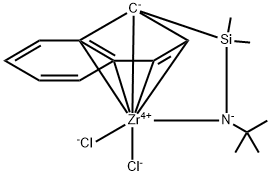
- Chemical Name:(η(5):η(1)-C9H6SiMe2N(t)Bu)ZrCl2
- CAS:135571-34-5
- MF:C15H19Cl2NSiZr
- Chemical Name:No. 26 industrial white oil
- CAS:
- MF:
- Structure:

- Chemical Name:Ruthenium powder
- CAS:
- MF:Ru
- Structure:

- Chemical Name:tetraamminepalladium(2+) dihydroxide
- CAS:68413-68-3
- MF:H9N4OPd+
- Chemical Name:WELAN GUM
- CAS:96949-22-3
- MF:
- Structure:

- Chemical Name:SALICYLALDEHYDE THIOSEMICARBAZONE PALLADIUM(II) CHLORIDE, 97%
- CAS:219954-63-9
- MF:C8H9Cl2N3OPdS
- Chemical Name:Polymerization inhibitor
- CAS:
- MF:
- Structure:
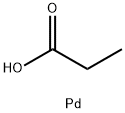
- Chemical Name:PALLADIUM(II) PROPIONATE
- CAS:3386-65-0
- MF:C3H6O2Pd
- Chemical Name:Compound light stabilizer UV-83
- CAS:
- MF:
- Chemical Name:Rubber Tackfier SY-1206
- CAS:
- MF:
- Structure:
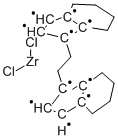
- Chemical Name:rac-Ethylenebis(4,5,6,7-tetrahydro-1-indenyl)]zirconium dichloride
- CAS:100163-29-9
- MF:C20H24Cl2Zr10*
- Structure:
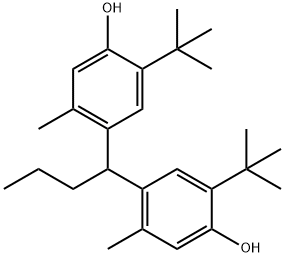
- Chemical Name:4,4'-Butylidenebis(6-tert-butyl-3-methylphenol)
- CAS:85-60-9
- MF:C26H38O2
- Structure:
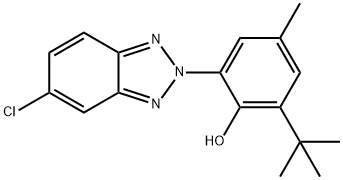
- Chemical Name:UV Absorber 326
- CAS:3896-11-5
- MF:C17H18ClN3O
- Chemical Name:Biotin-PEG-CHO
- CAS:
- MF:
- Chemical Name:CLS-PEG-Biotin
- CAS:
- MF:
- Chemical Name:Cy5-PEG-COOH
- CAS:
- MF:
- Structure:

- Chemical Name:DA-PEG-NH2
- CAS:1383691-49-3
- MF:(C2H4O)nC12H18N2O4
- Chemical Name:FITC-PEG-Progestrone
- CAS:
- MF:
- Chemical Name:mPEG-CLS
- CAS:
- MF:
- Chemical Name:NH2-PEG-GAA
- CAS:
- MF:
- Chemical Name:Palmitic acid-PEG-COOH
- CAS:
- MF:
- Chemical Name:Phosphoric acid-PEG-N3
- CAS:
- MF:
- Chemical Name:PLGA(50:50)(8K)-PEG-Mal
- CAS:
- MF:
- Chemical Name:VD-PEG-Mal
- CAS:
- MF:
- Structure:
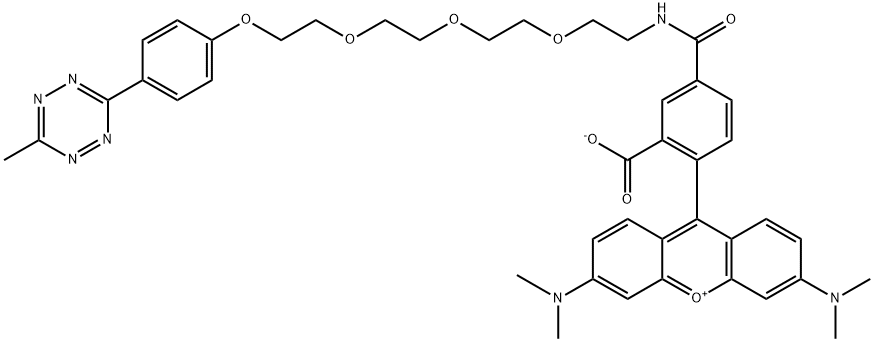
- Chemical Name:4-(4-Pyridyl)Benzoic Acid
- CAS:2163772-19-6
- MF:C42H45N7O8
- Structure:
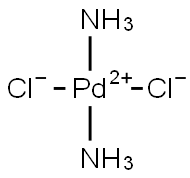
- Chemical Name:diamminedichloropalladium
- CAS:15684-18-1
- MF:Cl2H6N2Pd
- Structure:

- Chemical Name:allyltrimethylammonium chloride
- CAS:1516-27-4
- MF:C6H14ClN
- Chemical Name:Carbide ruthenium powder
- CAS:
- MF:
- Structure:

- Chemical Name:Thiol-C10-amide-PEG8
- CAS:1353948-95-4
- MF:C27H55NO9S
- Chemical Name:Palladium target
- CAS:
- MF:
- Chemical Name:Conductive paste ruthenium powder
- CAS:
- MF:
- Chemical Name:Screen Printing Ruthenium Powder
- CAS:
- MF:
- Chemical Name:Rhodium, platinum and palladium metal adsorbent
- CAS:
- MF:
- Chemical Name:Palladium calcium carbonate catalyst
- CAS:
- MF:
- Chemical Name:Teflon emulsion JF-4DCF
- CAS:
- MF:
- Structure:

- Chemical Name:5,6-Diethyl-2,3-dihydro-1H-inden-2-amine hydrochloride
- CAS:312753-53-0
- MF:C13H20ClN
- Structure:

- Chemical Name:SPhos Pd G1, Methyl t-Butyl Ether Adduct
- CAS:1028206-58-7
- MF:C34H45ClNO2PPd
- Structure:

- Chemical Name:MPEG11-CH2CH2COOH
- CAS:2135793-73-4
- MF:C26H52O14
- Chemical Name:α-Allyl-ω-MaleiMidyl poly(ethylene glycol)
- CAS:
- MF:
- Structure:
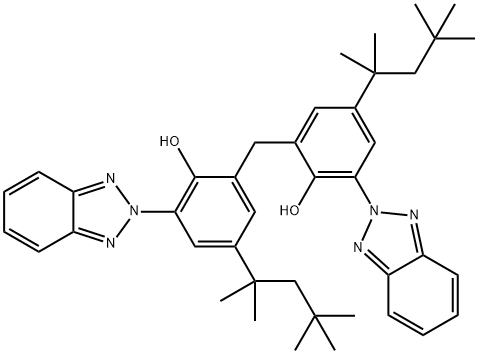
- Chemical Name:Bisoctrizole
- CAS:103597-45-1
- MF:C41H50N6O2
- Chemical Name:PLGA-PEG-PLGA
- CAS:
- MF:
- Chemical Name:Polyethylene glycol-G-hydroxyl
- CAS:
- MF:
- Structure:
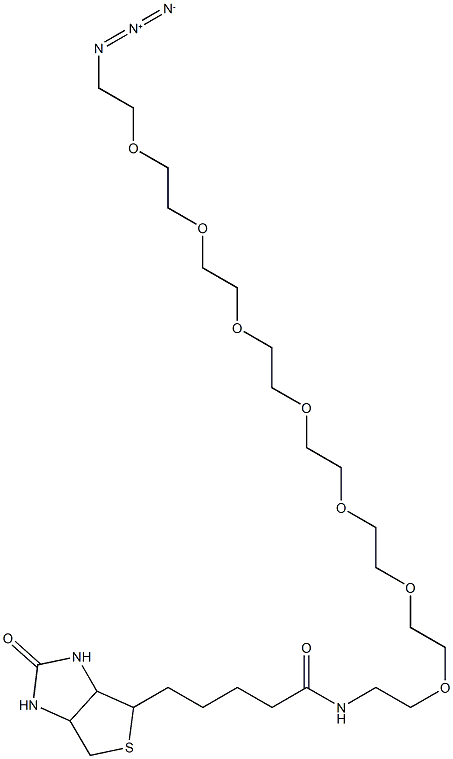
- Chemical Name:Biotin-PEG7-Azide
- CAS:1334172-75-6
- MF:C26H48N6O9S
- Structure:

- Chemical Name:Bis-Propargyl-PEG13
- CAS:1351373-50-6
- MF:C30H54O13
- Chemical Name:mPEG-ACA (mPEG-Acrylamide)
- CAS:
- MF:
- Chemical Name:mPEG-GAS(mPEG-Glutaramide Succinimidyl ester)
- CAS:
- MF:
- Chemical Name:mPEG-Biotin
- CAS:
- MF:
- Chemical Name:OPSS-PEG-Silane
- CAS:
- MF:
- Chemical Name:Br-PEG-Mal
- CAS:
- MF:
- Chemical Name:Silane-PEG-Biotin
- CAS:
- MF:
- Structure:
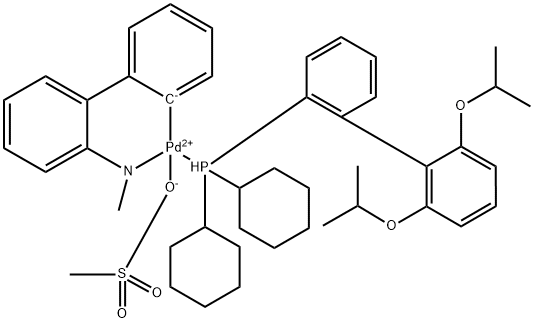
- Chemical Name:RuPhos Palladacycle Gen. 4
- CAS:1599466-85-9
- MF:C44H58NO5PPdS
- Chemical Name:PI fiber
- CAS:
- MF:
- Chemical Name:Biotin-PEG-PFP
- CAS:
- MF:
- Structure:

- Chemical Name:OPSS-PEG-OPSS
- CAS:
- MF:C16H20N2O2S4
- Chemical Name:TCO PEG NHS
- CAS:
- MF:
- Chemical Name:Glutathione PEG Glutathione
- CAS:
- MF:
- Chemical Name:Polylysine PEG Conjugate
- CAS:
- MF:
- Chemical Name:Cy3 PEG Biotin
- CAS:
- MF:
- Chemical Name:TCO PEG Maleimide
- CAS:
- MF:
- Structure:

- Chemical Name:N3-PEG9-CH2CH2NH2
- CAS:1207714-69-9
- MF:C20H42N4O9
- Chemical Name:UV absorber UV-539
- CAS:
- MF:
- Chemical Name:mPEG-OPSS
- CAS:
- MF:
- Structure:

- Chemical Name:Iodo-PEG3-Azide
- CAS:936917-36-1
- MF:C8H16IN3O3
- Chemical Name:IA-PEG8-Biotin
- CAS:
- MF:
- Structure:

- Chemical Name:Diamminedichloropalladium
- CAS:13782-33-7
- MF:Cl2H4N2Pd
- Chemical Name:Alkyne-PEG-PLA(3K)
- CAS:
- MF:
- Chemical Name:CLS-PEG-COOH
- CAS:
- MF:
- Chemical Name:DMPE-PEG-COOH
- CAS:
- MF:
- Chemical Name:FITC-PEG-Azithromycin
- CAS:
- MF:
- Chemical Name:Fmoc-NH-PEG-SC
- CAS:
- MF:
- Chemical Name:mPEG10-COOH
- CAS:
- MF: